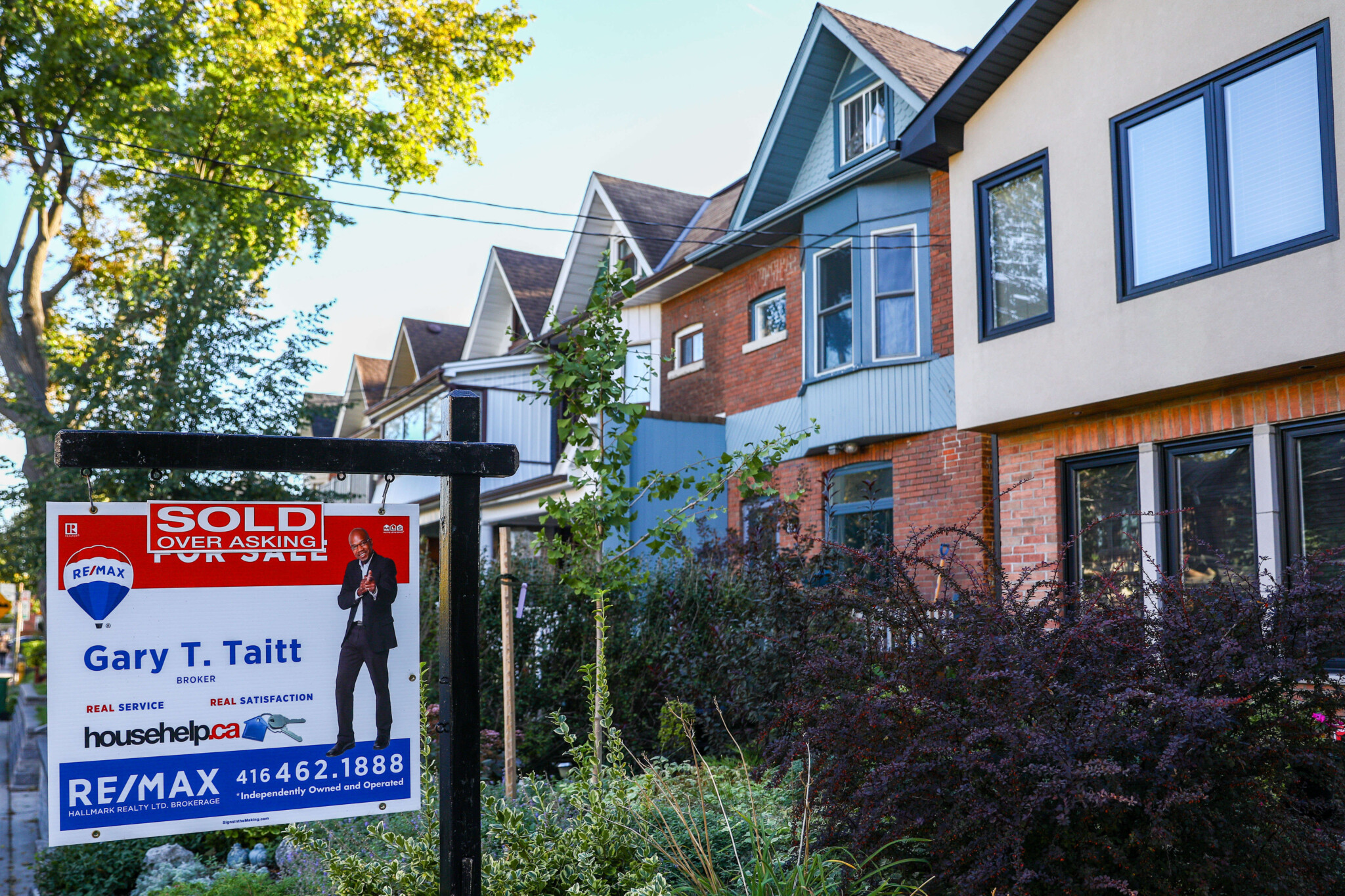Although issues of affordability and cost-of-living have recently been superseded by President Trump’s threat of tariffs, these underlying issues haven’t gone away. Canada’s housing crisis continues to represent a significant threat in its own right to labour productivity, family formation, and various other important economic and social outcomes.
Canada’s housing crisis is a product of supply constraints, capital misallocation, and tax policies that encourage hoarding rather than investment. If we’re serious about making housing more affordable and ensuring land is put to its best use, we need to rethink the way we tax real estate. That means phasing out the primary residence exemption from capital gains taxes, eliminating land transfer taxes, and introducing a real estate capital gains deferral mechanism (similar to the U.S. 1031 exchange) for reinvested real estate gains. These reforms will free up capital and land, making it easier to build the housing Canada desperately needs.
The problem with the current system
For decades, the primary residence exemption has allowed homeowners to sell their homes without paying any capital gains tax, while investor-owned real estate is fully taxed. Although this policy is popular among homeowners, it discourages other property owners from selling or redeveloping their land, reducing the supply of land and overall investment in the industry. While originally designed to support middle-class homeowners, our current capital gains rules have created perverse incentives, leading to underutilised urban land that could otherwise support denser housing development in high-demand areas. The result is an inefficient use of land.
At the same time, provincial land transfer taxes make it more expensive to move, discouraging homeowners from selling and downsizing. Someone looking to sell a family home and move to a smaller condo, for example, must factor in the added burden of these taxes, which in cities like Toronto can amount to tens of thousands of dollars. The effect is a stagnant housing market where people stay put longer than they otherwise would, reducing the supply of homes available for new buyers and land available for higher-density development.
A better way forward
A smarter tax policy would incentivize mobility and reinvestment. Phasing out the primary residence exemption—gradually —should be directly tied to introducing a 1031-style capital gains deferral mechanism. This would allow homeowners to defer capital gains taxes if they reinvest the proceeds into another real estate asset, potentially indefinitely, while also encouraging more dynamic investment in housing.
Instead of sitting on land and hoping for tax-free appreciation, property owners would have a stronger incentive to sell and reinvest in ways that contribute to housing supply. At the same time, eliminating land transfer taxes would remove one of the biggest financial barriers to moving. This would allow for a more fluid real estate market, ensuring that properties are increasingly developed to their highest and best use, providing as much housing to the market as possible.
By pairing these reforms, Canada can ensure that real estate capital remains active in the market while freeing up underutilised land that is not held as a primary residence. This would create a healthier housing market where investment is directed towards building and redevelopment rather than passive appreciation.
Addressing concerns
Any major tax reform must take into account the millions of Canadians who have built their retirement plans around the assumption that their home equity is a tax-free asset. Implementing a sudden capital gains tax on primary residences without transition measures would be politically impossible. A phased approach—perhaps starting with a capped exemption that gradually decreases over time—would allow for a smoother adjustment.
At the same time, homeowners selling their properties under these new rules could benefit from the deferral mechanism of the 1031 exchange, allowing them to reinvest in other real estate assets while postponing tax liability. This would not only offer them a path to tax deferral, potentially indefinitely, but also provide access to lucrative investment opportunities that contribute to housing supply and economic growth. Policymakers could also consider exemptions or deferrals for seniors who downsize, ensuring they are not unfairly burdened.
Some will argue that taxing capital gains on primary residences will hurt ordinary homeowners. But the reality is that the current system primarily benefits those who already own homes, at the expense of younger Canadians trying to enter the market. By gradually shifting toward a fairer tax structure, we can create a system that better balances the interests of current homeowners and future generations.
A call for leadership
These reforms will not be easy. They challenge deeply entrenched interests and will require political courage. But if we want to fix Canada’s housing crisis, we cannot afford to cling to outdated policies that reward speculation and inefficiency. A tax system that encourages investment, mobility, and better land use will help unlock the housing supply we need and make homeownership and rental housing more accessible to all Canadians. It’s time to rethink how we tax real estate—and start treating housing as a place to live, not just a vehicle for untaxed wealth accumulation.










